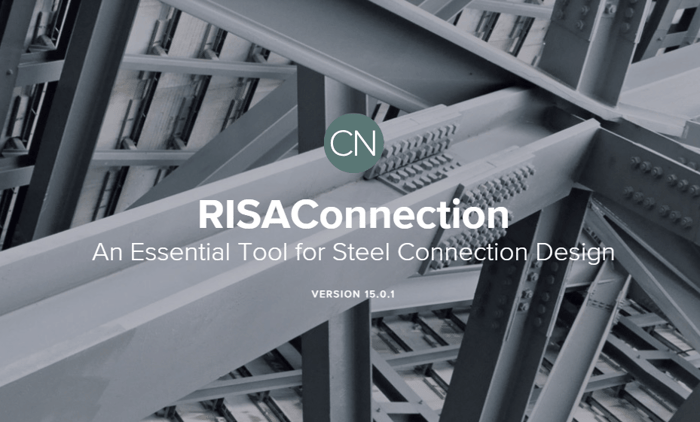
July 17, 2024
What's New in RISAConnection v15.0.1?
RISA is pleased to announce the release of the latest of RISAConnection v15.0.1. The release of RISAConnection v15.0.1 incorporates the following enhancements and updates:
Why Standardization Pays Off More Than New Features Speed in structural design rarely comes from working faster — it comes from removing repeat decisions. Firms that standardize their analysis workflows spend less time rebuilding the same assumptions and more time engineering. Year-end is an ideal time to do this work. Without active deadlines, teams can step back and define how they want projects to start in the new year rather than reacting project by project. RISA Templates: Start Every Model 80% Complete RISA-3D templates are one of the simplest ways to reduce setup time across all projects. Firms often standardize: Typical material definitions and member shapes Default load combinations aligned with current codes Common diaphragm assumptions Frequently used analysis settings When templates are dialed in, engineers stop reinventing the same model structure and can focus immediately on project-specific behavior. For example if your firm uses custom load combinations repeatedily across several projects, then create a firm's custom load combinations template and add them to your default RISA-3D load combinations. See the example video below. Typical Details and Load Rules Reduce Rework Standardizing typical framing conditions and load rules is where operational efficiency really compounds. When gravity loads, lateral load paths,…
Read More

RISA is pleased to announce the release of the latest of RISAConnection v15.0.1. The release of RISAConnection v15.0.1 incorporates the following enhancements and updates:
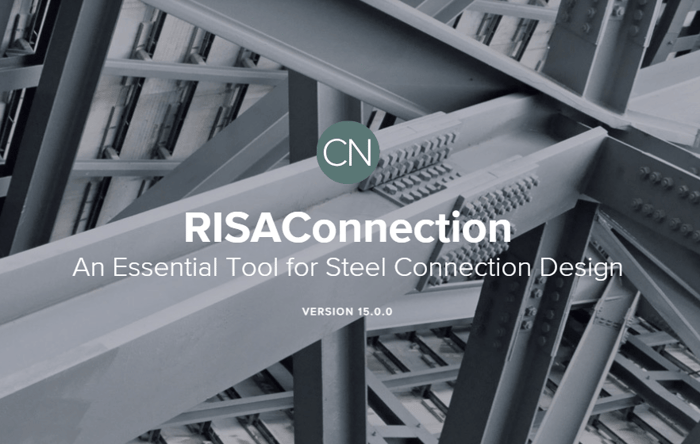
RISA is pleased to announce the release of the latest of RISAConnection v15.0. The release of RISAConnection v15.0 incorporates the following enhancements and updates:
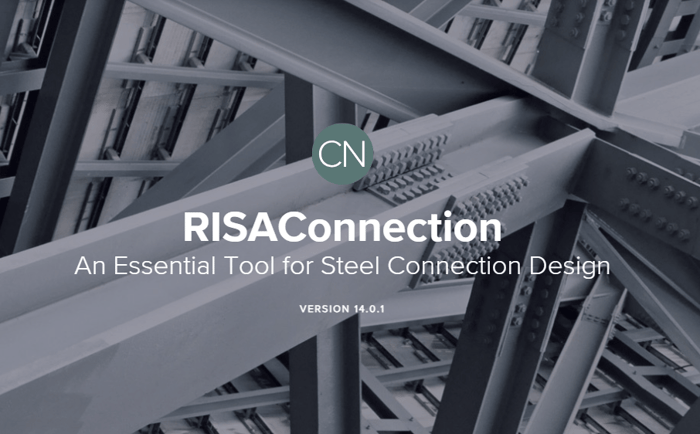
RISA is pleased to announce the release of the latest of RISAConnection v14.0.1. The release of RISAConnection v14.0.1 incorporates the following enhancements and updates:
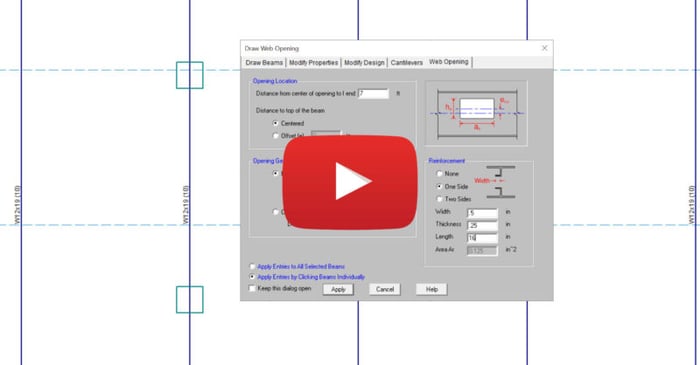
RISAFloor now includes the ability to design web openings (with and without reinforcement) for steel and composite steel beams according to the AISC design code. To learn more, view the video below. For more information about web opening design in RISAFloor, search Web Openings in the RISAFloor...
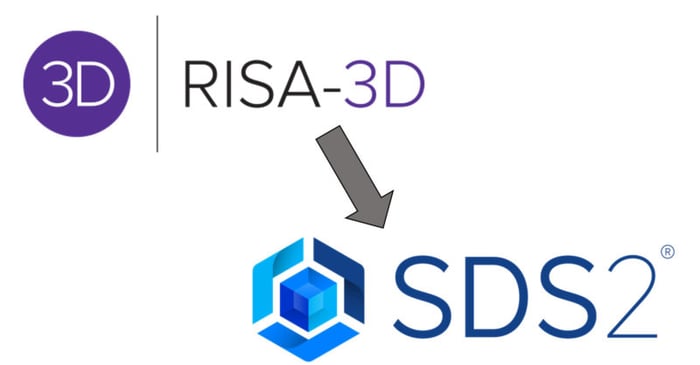
Version 20.0.2 allows users to integrate models between RISA-3D and SDS2, including model geometry, members sizes and end reactions.
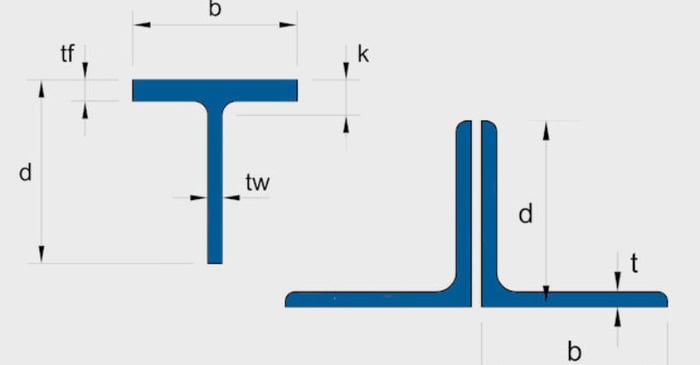
RISAFloor Version 16 provides engineers the ability to analyze and design hot rolled steel WT and LL shapes. This functionality was previously implemented in RISA-3D and will allow users greater flexibility when designing their steel structures. Additionally, WT and LL shapes can be specified and...
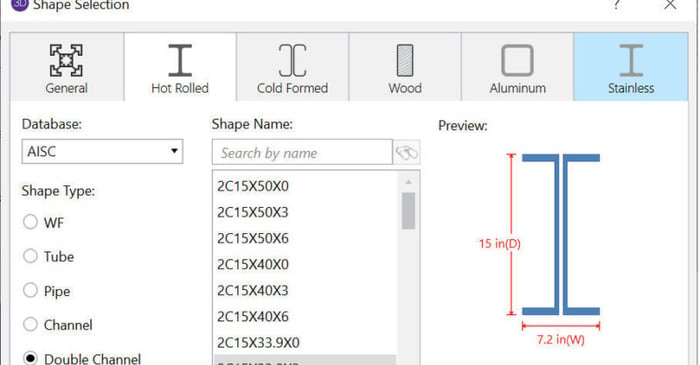
Engineers choose RISA-3D and RISAFloor for the design of all types of steel structures. As a result, we are constantly improving the software and its acceptance of various types of design elements and materials. The latest improvement includes back-to-back hot rolled steel channels which are now...
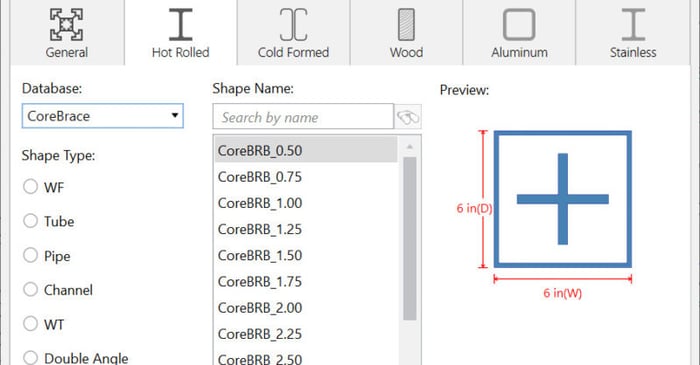
The ability to design buckling restrained braced frames has been added to RISA-3D when you integrate your model from RISAFloor. In collaboration with CoreBrace, this new feature came as part of the release of RISA-3D v19.0.0 and RISAFloor v15.0.0.
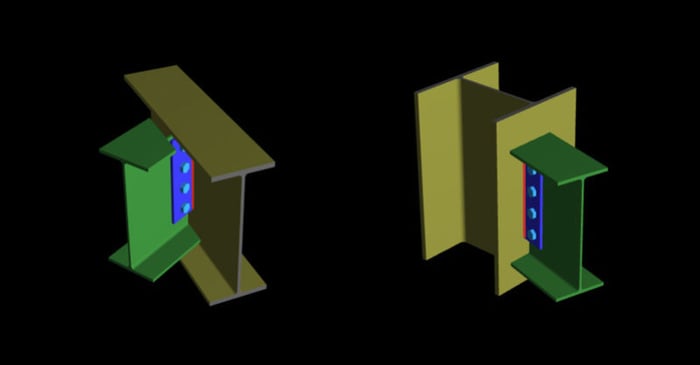
RISAConnection Version 12 now supports skewed shear tab connections. With this enhancement, engineers have the option to skew a wide flange, a tapered wide flange or a channel beam with the following supporting members:
Our monthly "Structural Moment" newsletter is the best way to keep up with RISA’s product updates, new releases, new features, training events, webinars and more...